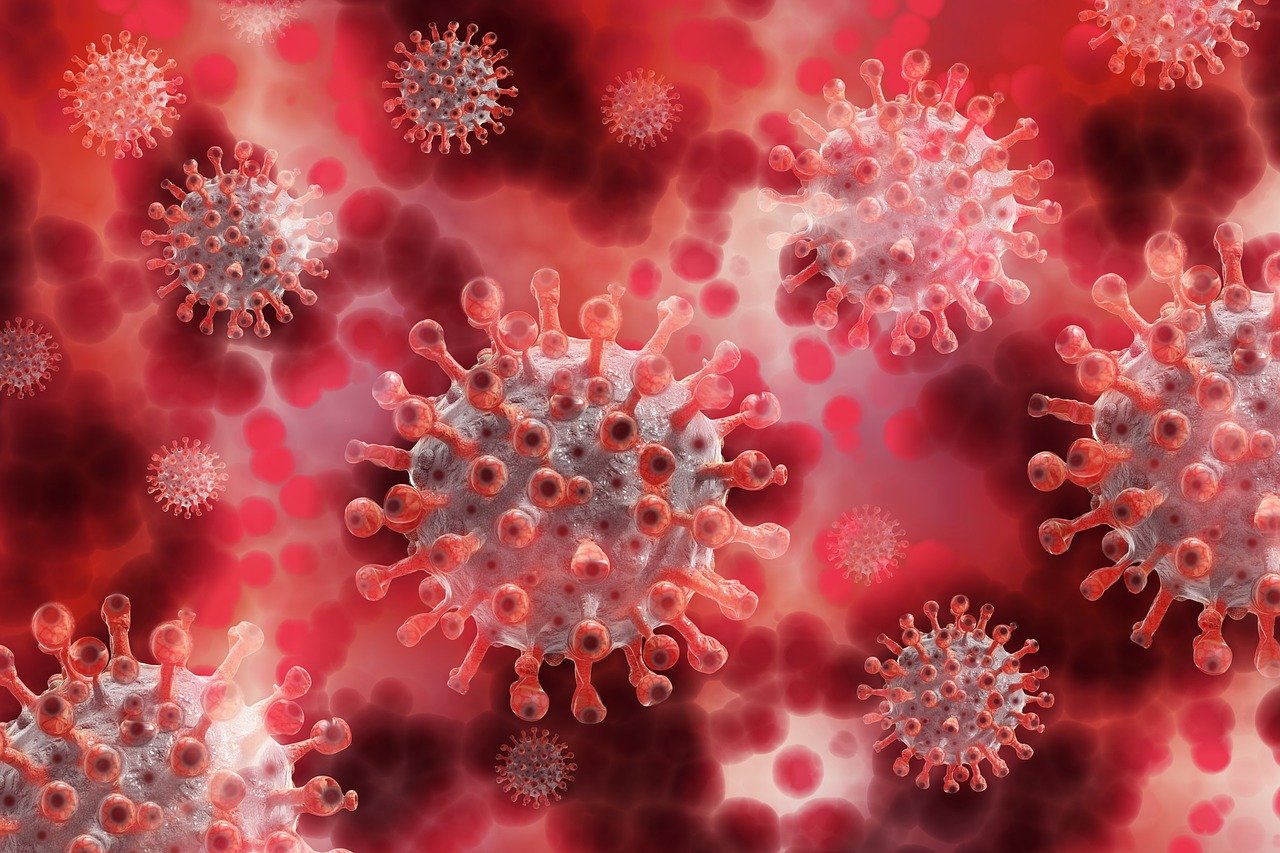The coronavirus "Pirola" has rediscovered a route of entry into lung cells that was also used by the early SARS-CoV-2 variants and can thus trigger pneumonia.

Rediscovered a route of entry into lung cells: the coronavirus "Pirola". Copyright: Pixabay.
The pandemic is officially over, but the SARS-CoV-2 coronavirus has not disappeared. Most people have now built up robust immune protection and no longer fall seriously ill with COVID. However, the viruses are constantly changing slightly and new variants are emerging, some of which are very contagious. Since late summer 2023, the Omikron sub-variant BA.2.86 (Pirola) has been circulating, which is genetically very different from the previously prevalent Omikron variants. Researchers from the Department of Rheumatology and Immunology at Hannover Medical School (MHH) have investigated the biological properties of the Pirola variant in cooperation with the German Primate Centre, the Helmholtz Centre for Infection Research and other partner institutions. They have discovered that, unlike the previous Omikron variants, it can penetrate lung cells very effectively and thus shows surprising parallels to the Alpha, Beta, Gamma and Delta variants that predominated at the beginning of the pandemic. However, infected lung cells apparently only produce a few new viruses, which could reduce the spread of Pirola and its disease potential. Drugs such as therapeutic antibodies are ineffective against Pirola. However, the virus is well inhibited by antibodies that the body itself produces after vaccination with the new Omikron-XBB.1.5 customised mRNA vaccine. The results have been published in the renowned scientific journal "Cell".
Variant utilises key enzyme of the host cell
Since the beginning of the pandemic, the SARS-CoV-2 coronavirus has constantly changed genetically. Mutations in the spike protein, which sits on the surface of the virus and gives it access to the inside of the cell, have enabled the new variants to repeatedly evade neutralising antibodies in vaccinated and recovered individuals. At the end of 2021, the Omikron subgroup, which is genetically very different from the previously circulating variants, became dominant worldwide. It can evade neutralising antibodies highly effectively and is therefore transmitted very quickly. At the same time, it has lost the ability to efficiently utilise a key enzyme of the host cell, the protease TMPRSS2, for entry into lung cells. As a result, the Omikron variants triggered pneumonia less frequently. "Pirola, on the other hand, has virtually rediscovered the door into the lung cells," says Professor Dr Georg Behrens, immunologist and co-author of the study.
New Omikron vaccine also works against Pirola infection
The researchers also discovered that the Pirola variant has two mutations in the spike protein that are important for successful entry into lung cells. Further studies must show whether this characteristic is associated with more severe disease after infection with the Pirola variant. "The fact that the antibodies produced after vaccination with the new XBB.1.5-adapted vaccine can inhibit the Pirola variant well is initially good news," emphasises senior physician Professor Behrens. "In an earlier study from December last year, we have already shown that the new vaccine can provide effective protection, albeit probably only for a limited period of time." This is because a sub-variant of Pirola is already on the rise globally. It carries a further mutation in the spike protein that could increase antibody flight. The virus is therefore continuing to change.
Text: Kirsten Pötzke